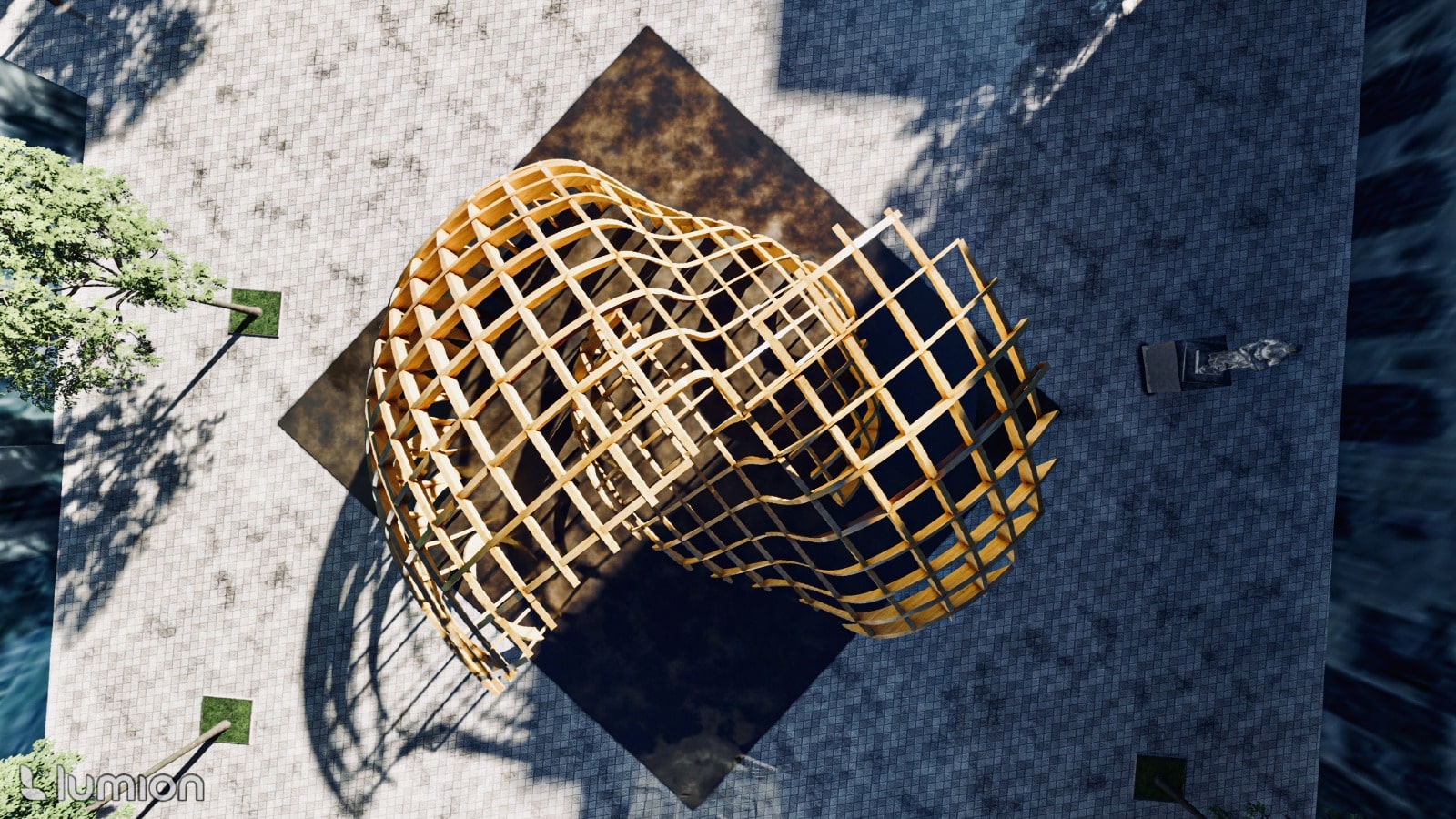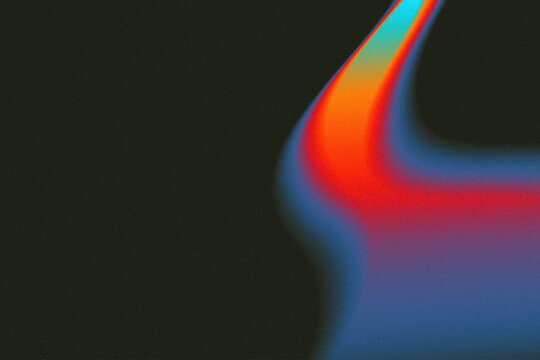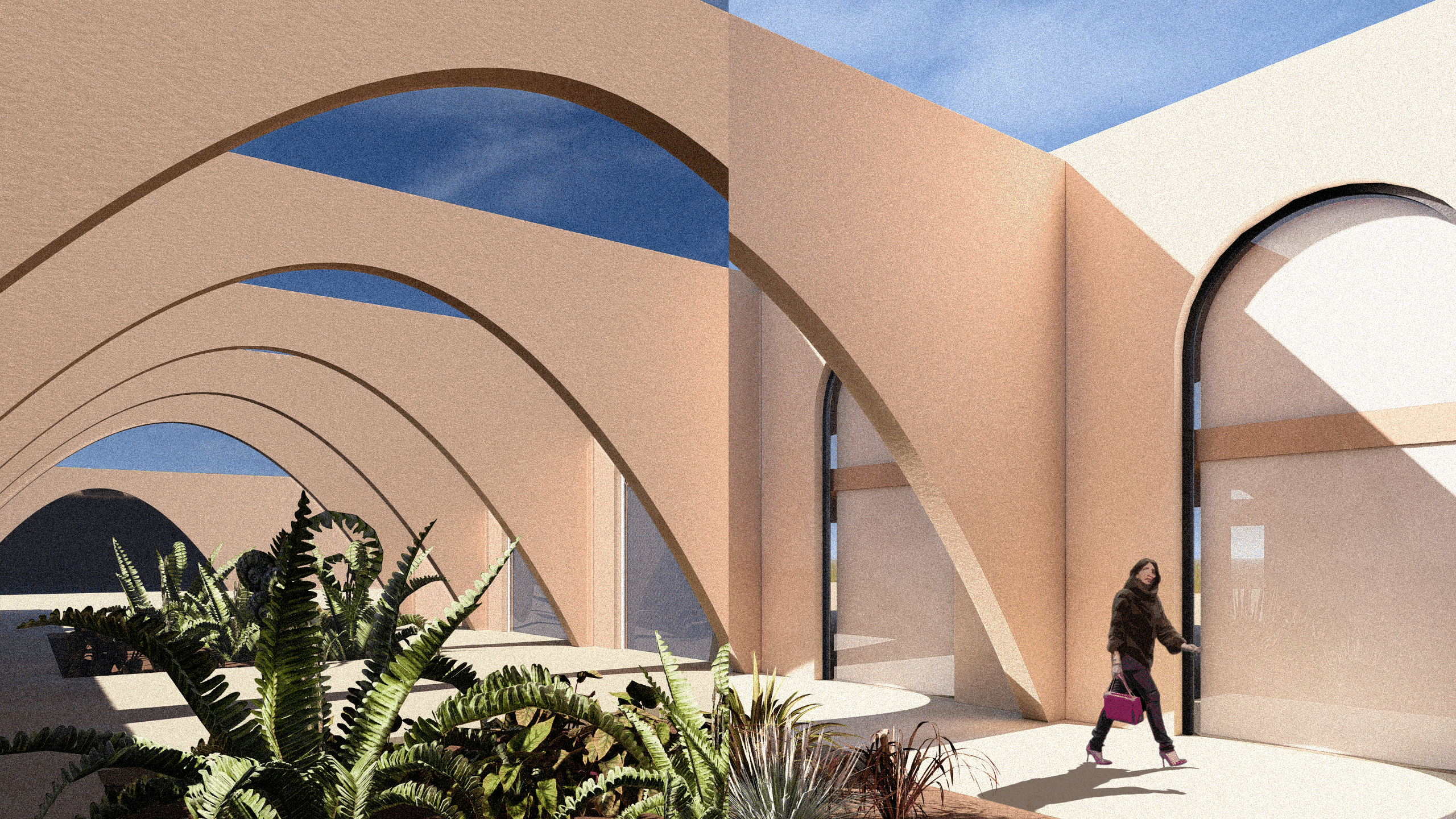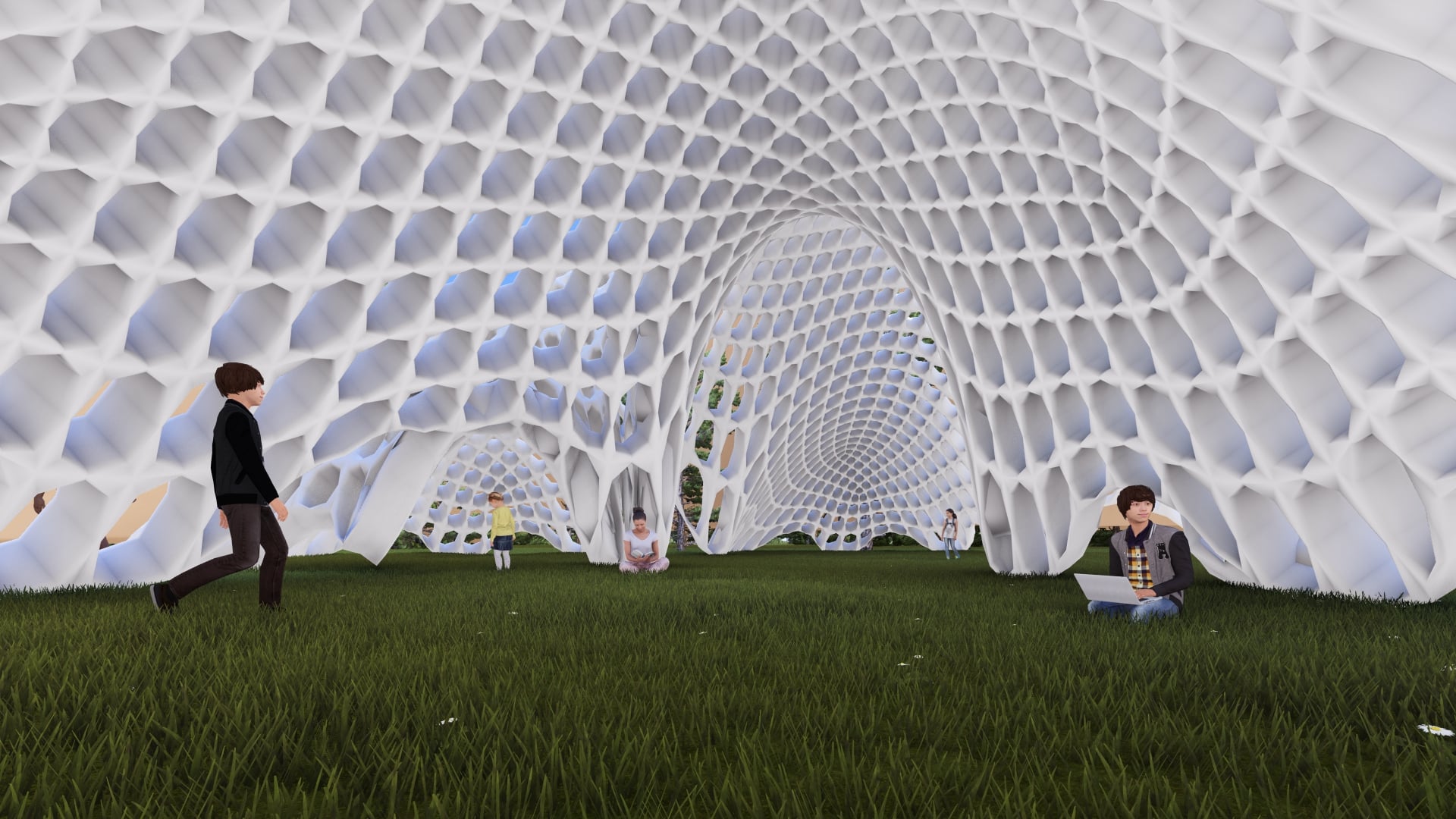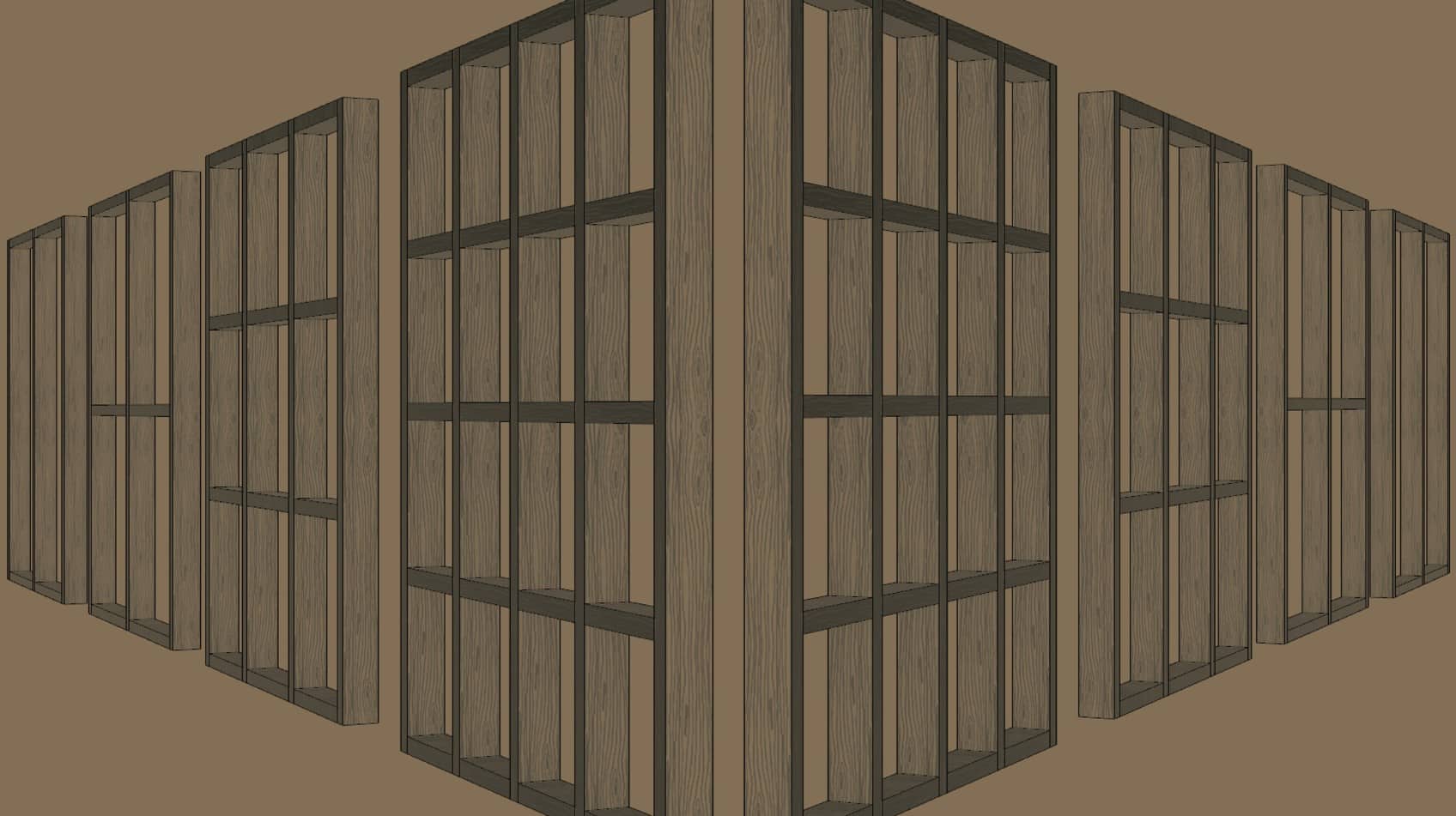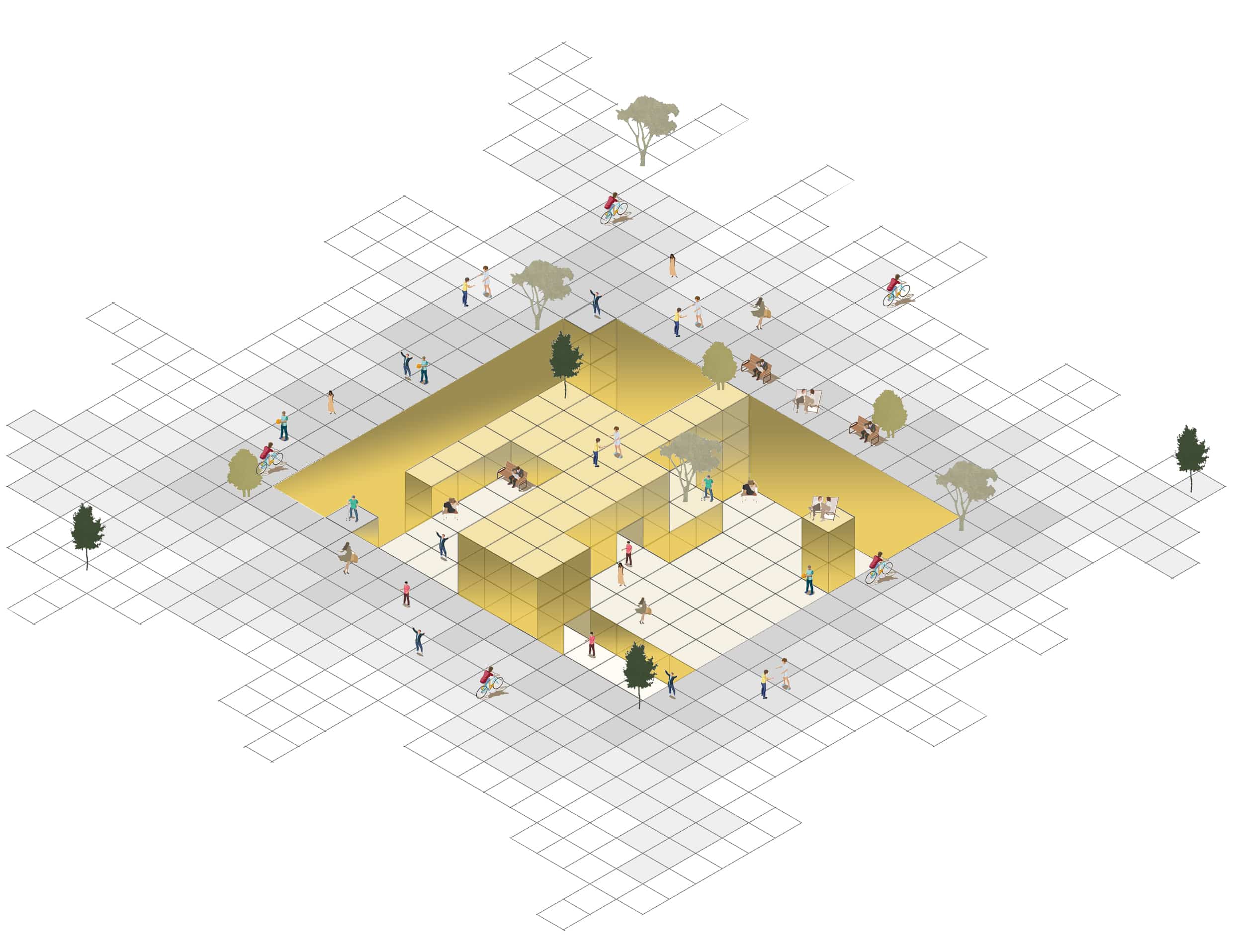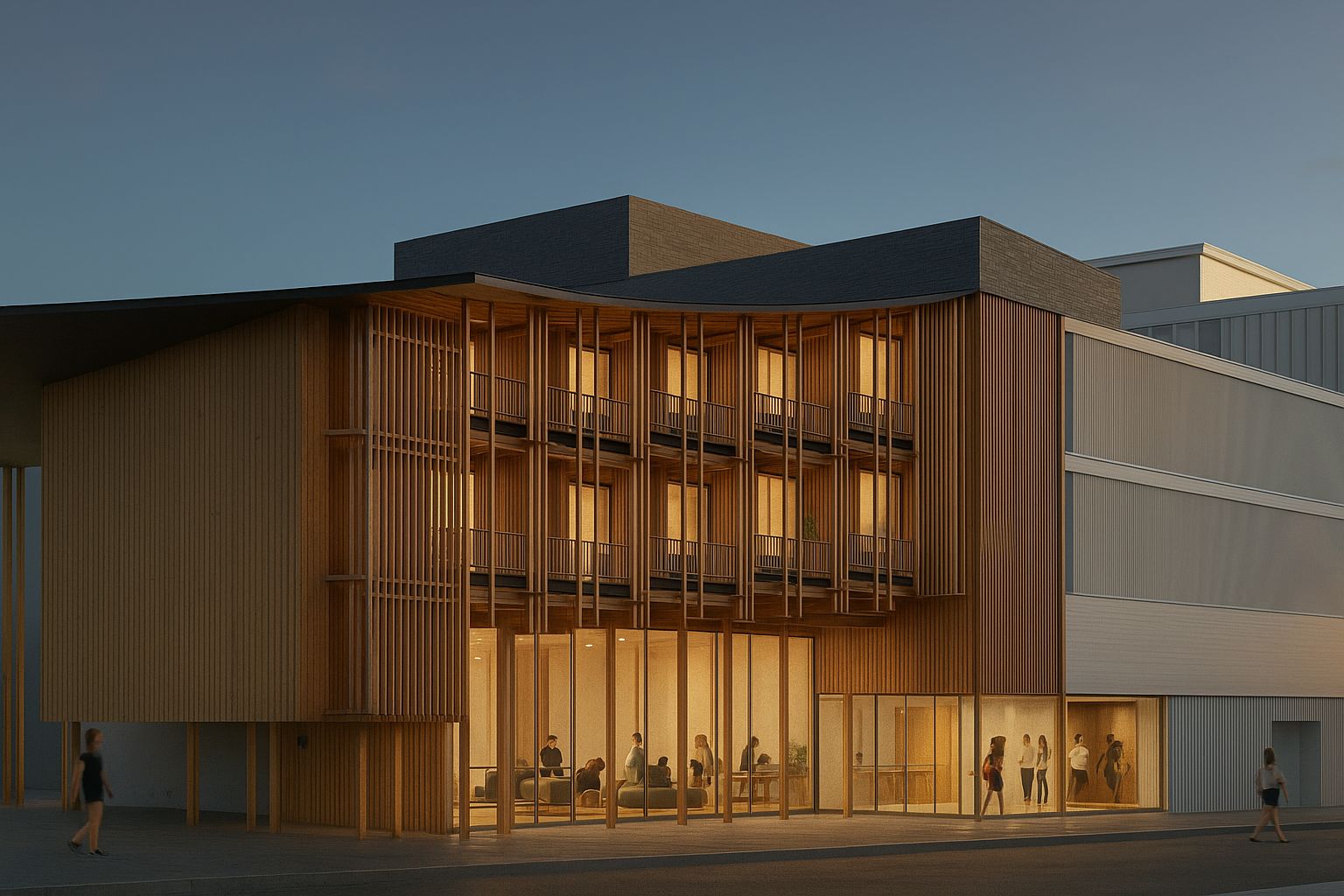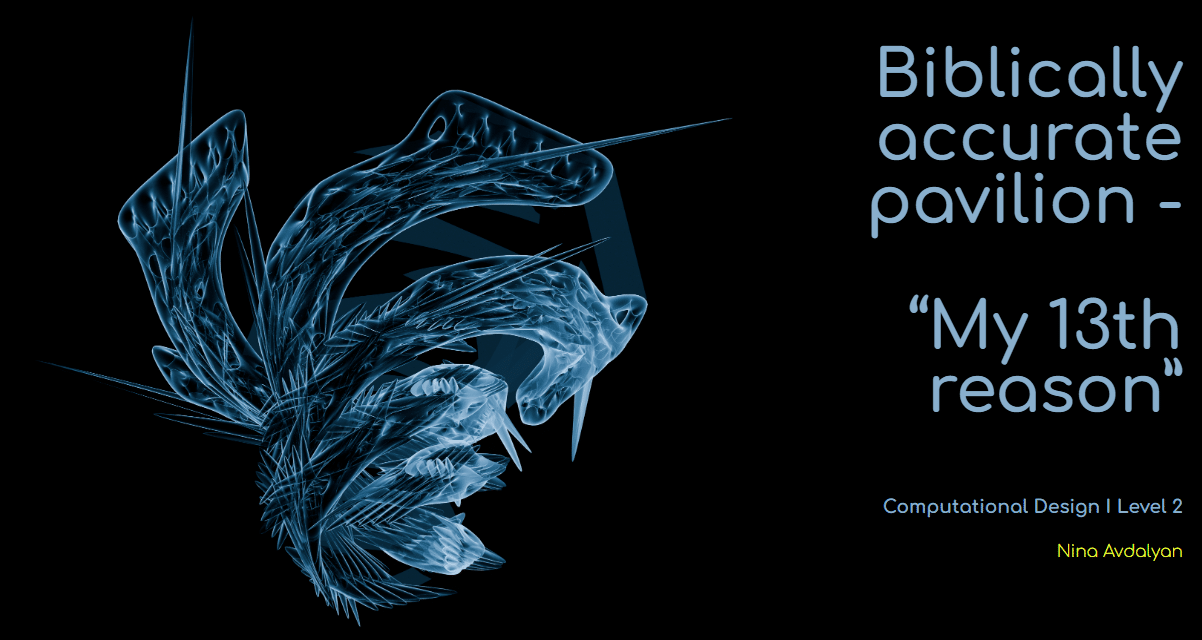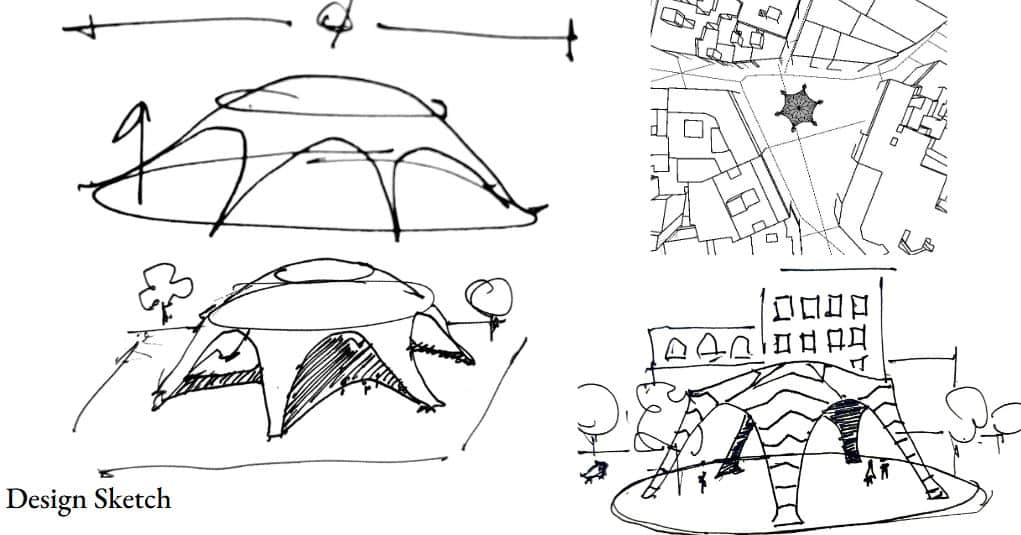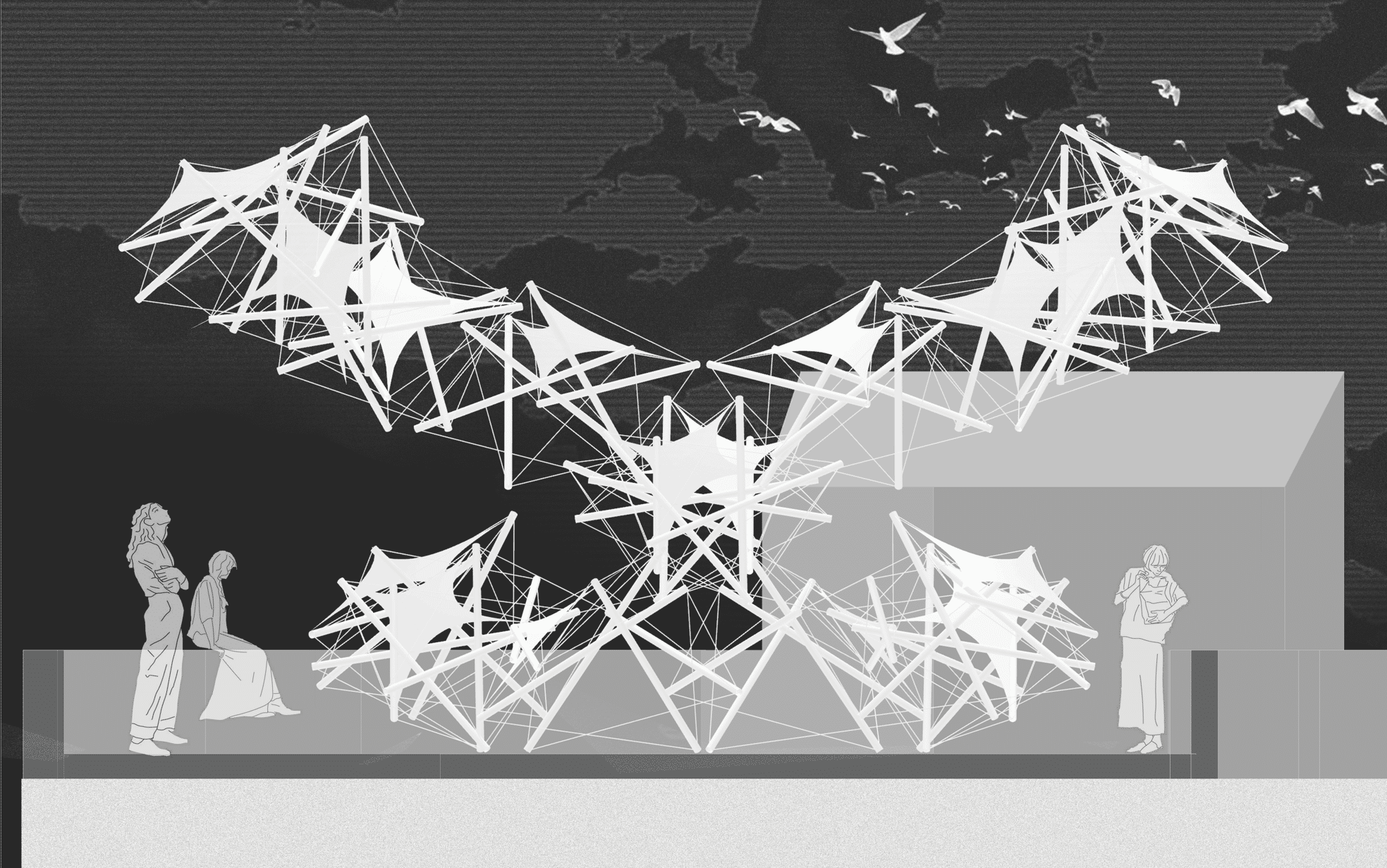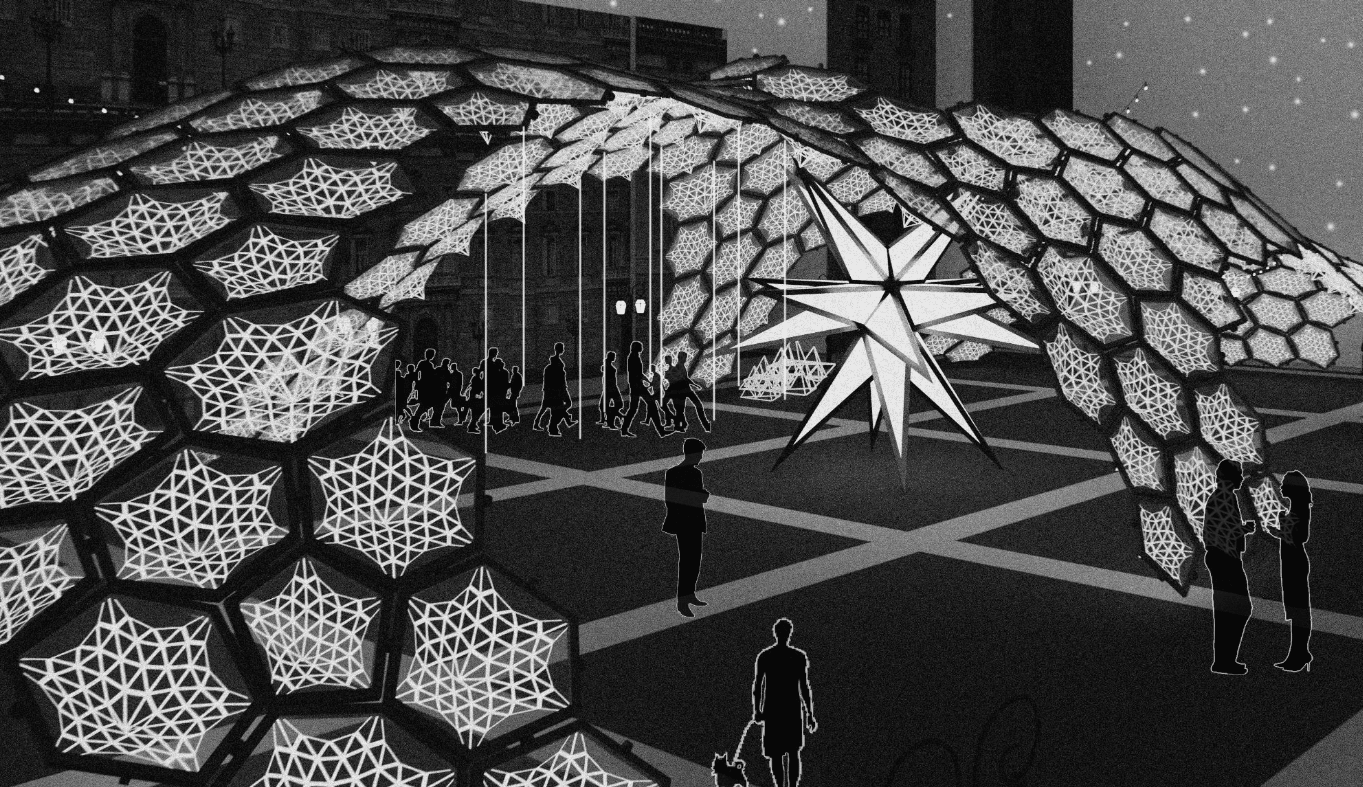Rut’s Shell
Previously known as Echo De Rut, our pavilion design in Plaça de la Virreina has undergone a thoughtful revision, focusing on both improved fabrication methodology and greater environmental sensitivity. The initial proposal, composed of thin copper fragments loosely assembled, proved to be premature—both structurally unrealistic and impractical for real-world construction. Moreover, copper is not an … Read more

